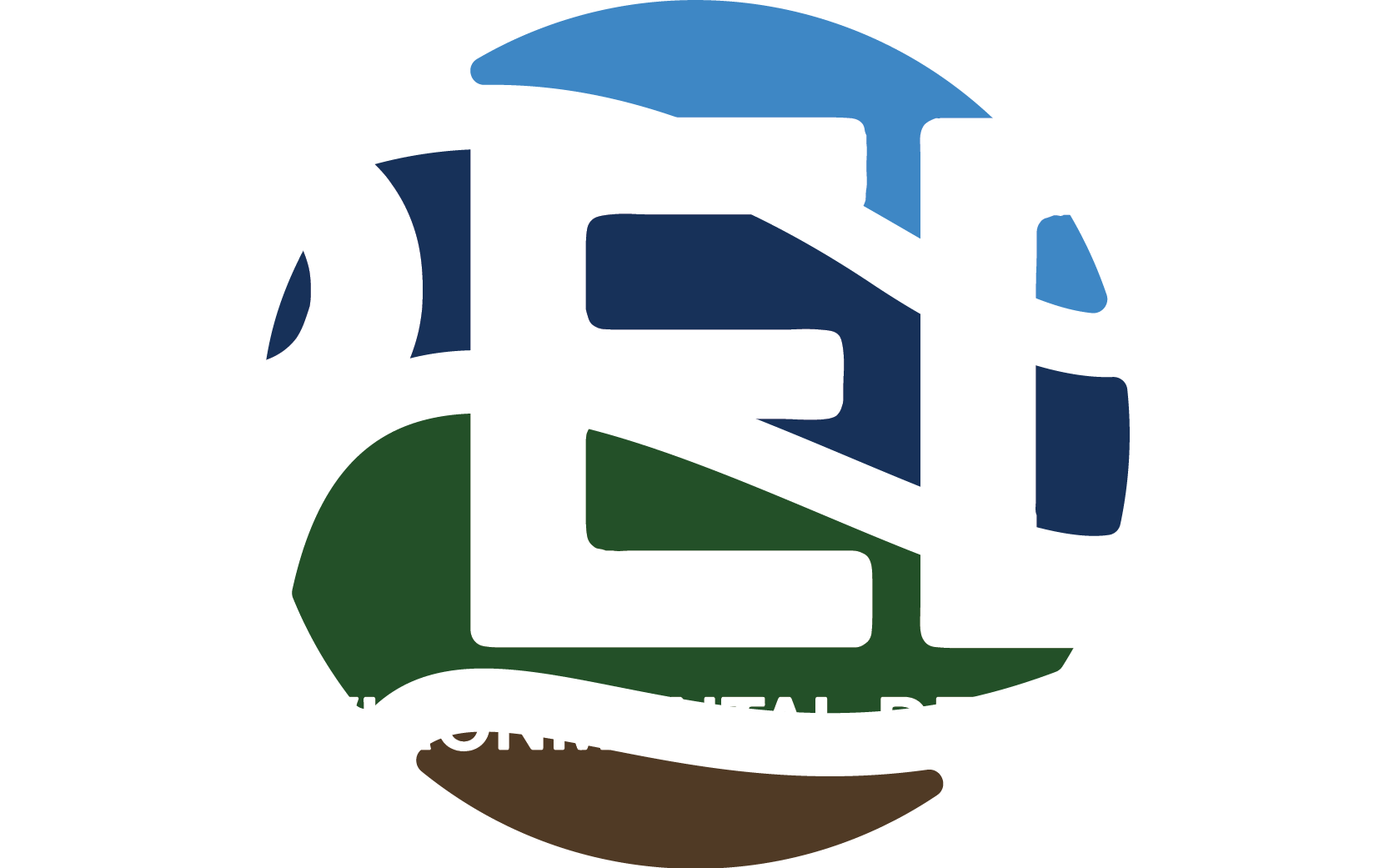Newsletter: Planet Pala Winter 2024

Planet Pala Newsletter
The Pala Environmental Department and Planet Pala announce the Planet Pala Winter 2024 Newsletter.

Letter from the Director
Welcome to News from Planet Pala.
Winter is here again, but it hardly feels like it in Pala as we experience daytime temperatures in the 70s, along with Santa Ana winds and dry conditions. This is the third driest start to what is supposed to be the rainy season since San Diego began keeping records. The lack of rain may be due, in part, to the return of La Niña. Many people are familiar with El Niño, the weather pattern that is associated with colder, wetter winters in the southwestern United States; La Niña has the opposite effect, and is associated with warmer and drier winters.
Climate change is also affecting our seasonal weather patterns, which is why the Pala Environmental Department continues to work on projects and strategies to help protect Planet Pala as we adapt to changing conditions. We hope you will make some earth-friendly Planet Pala REZ-olutions of your own for 2025!
You can read all of our newsletters in the Planet Pala Newsletter archive.
Please reach out to us with comments, questions, or suggestions. We are here for Pala and you!

The Santa Barbara TREX Experience
In mid-November, our Pala Fuels Crew spent 10 days doing intensive training at the Santa Barbara TREX. A TREX (Prescribed Fire Training Exchange) is a large-scale training around prescribed fires as a tool in wildfire management and prevention. Everyone from firefighters to Tribal cultural burners to fire scientists converge to teach and learn. These diverse skills were put to the test for two large controlled burns.
For 2024, burns were conducted at the Sedgwick Reserve and the Jack and Laura Dangermond Preserve near Santa Barbara. Both of these natural areas use controlled fire in an effort to prevent future, larger wildfires and promote native plant and animal biodiversity. Our Fuels Crew assisted with monitoring the spread of the fire and preventing spot fires from popping up outside of the burn area. Our Crew is equipped with important tools for this work, including trucks with water pumps. These water pumps also helped wet down trees within the burn so that only the surrounding vegetation would be reduced and the trees could survive safely.
Fire practitioners from around California, the country, and even the world attend the Santa Barbara TREX event. There is always a strong representation from local Indigenous communities looking to bring good fire back to the land. The Fuels Crew is hoping to return next year for more training. After a burn, they can also enjoy the fire followers: Those plants that either need fire and smoke to germinate or that do best after heavy disturbances. Many native plants do well following low-burning, controlled fires.
A bonus of these trainings for the Fuels Crew is that they can fill out their task books and gain certifications or experience towards certifications. A trained and prepared Crew helps provide better wildfire prevention before a fire, and they can also assist during an emergency.
Check out the experience at last year’s Santa Barbara TREX November 11-19, 2023 article.
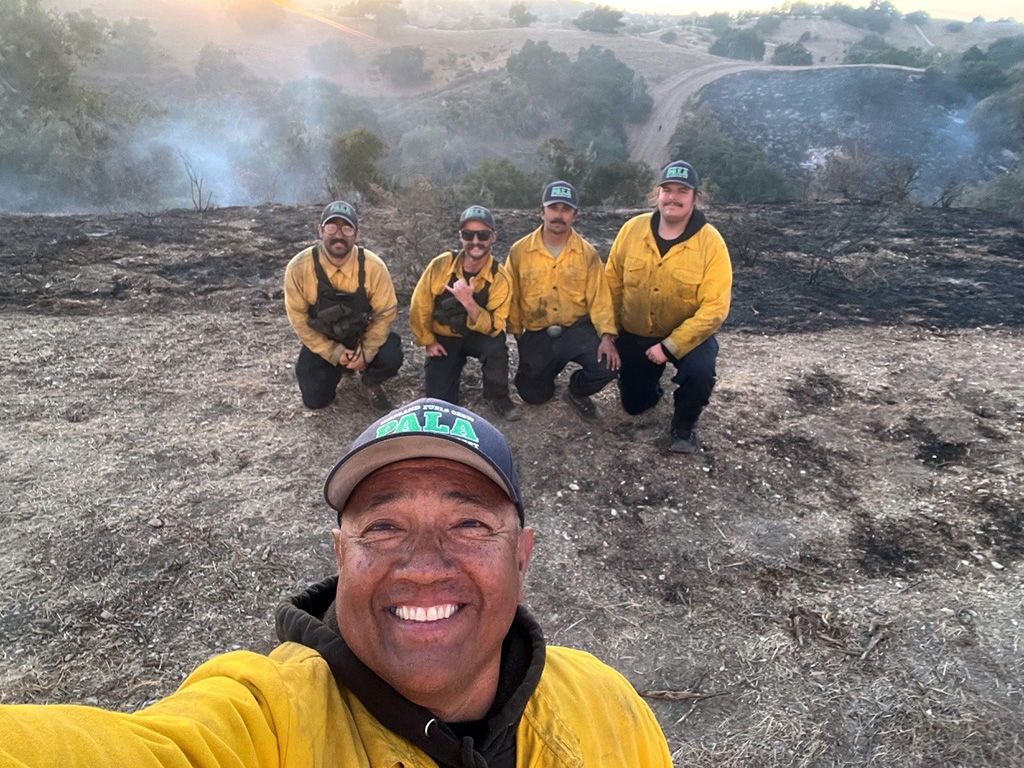

Protecting Pala’s Culture: Monitoring and Repatriation
To some scholars, archaeology is an interest and a hobby, but for Native Americans, it’s so much more than that: this is our culture and our way of existence. Non-Native people often don’t understand why a certain place is important or even realize that something is there, but the people in Pala have cultural knowledge that helps them recognize and protect important sites. For those reasons, Pala has trained and knowledgeable Cultural Resource Monitors working side by side with archaeologists to ensure that cultural resources, traditional cultural landscapes, traditional cultural properties, and all our sacred sites are treated ethically and with the utmost respect in a culturally appropriate manner. The practices and knowledge provided by Pala cannot be taught in a classroom setting, but can only be learned by living and breathing our culture every day. Pala is proud to provide these services for the purpose of preserving our culture, our way of life, and our existence in our modern times.
The Pala Monitoring Program, which is part of the Pala Tribal Historic Preservation Office, has been participating for the last two years in the process of repatriating the belongings and remains of our Luiseño ancestors on San Nicolas Island, which is one of the Channel Islands located off the coast of Southern California. The monitoring program as well as the Pala Cultural Resources Committee, has partnered with other Luiseño tribes, as well as the Santa Ynez Chumash, and worked together to send representatives around the country to museums and educational institutions to decolonize their collections.
The group is currently taking possession of all artifacts from the islands for reburial. Our efforts don’t stop there – we have also been participating in a full island survey to show the Navy the importance of the island and what it means to our people. The program is also consulting on San Clemente Island and Catalina Island and is proud to add our expertise and experience to finally bring our ancestors home to rest.

Pala – Xerces Society Pilot Program
This fall, the Pala Environmental Department teamed up with the non-profit Xerces Society to implement a pilot program here at Pala to give tribal members pollinator-friendly plants for their yards. We selected 30 lucky community members who applied for our pilot to receive native plants for their beautiful yards that will bring in beneficial pollinators like butterflies, hummingbirds, and native solitary bees. These native plants have evolved for our climate here in Pala and, therefore, are pest-resistant and don’t need too much water or care.
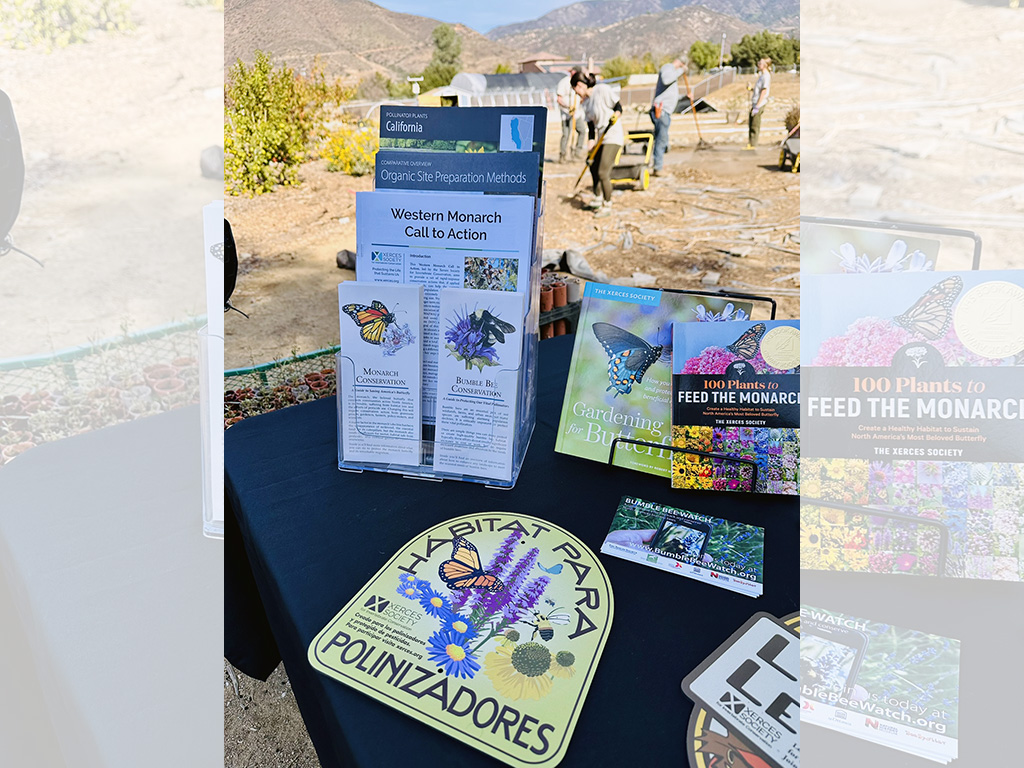
Last month, community members received a number of plants, including: native milkweed flowers (attracts our monarch butterflies); flowers like asters, sunflowers, mallow, goldenrod, yarrow, and gumweed; native grasses like deergrass and purple needlegrass; and some amazing purple sage and California buckwheat bushes. They also received a ‘Pollinator Friendly Garden’ sign, designed by Xerces, but translated into Cupeño by our very own Bud Machado.
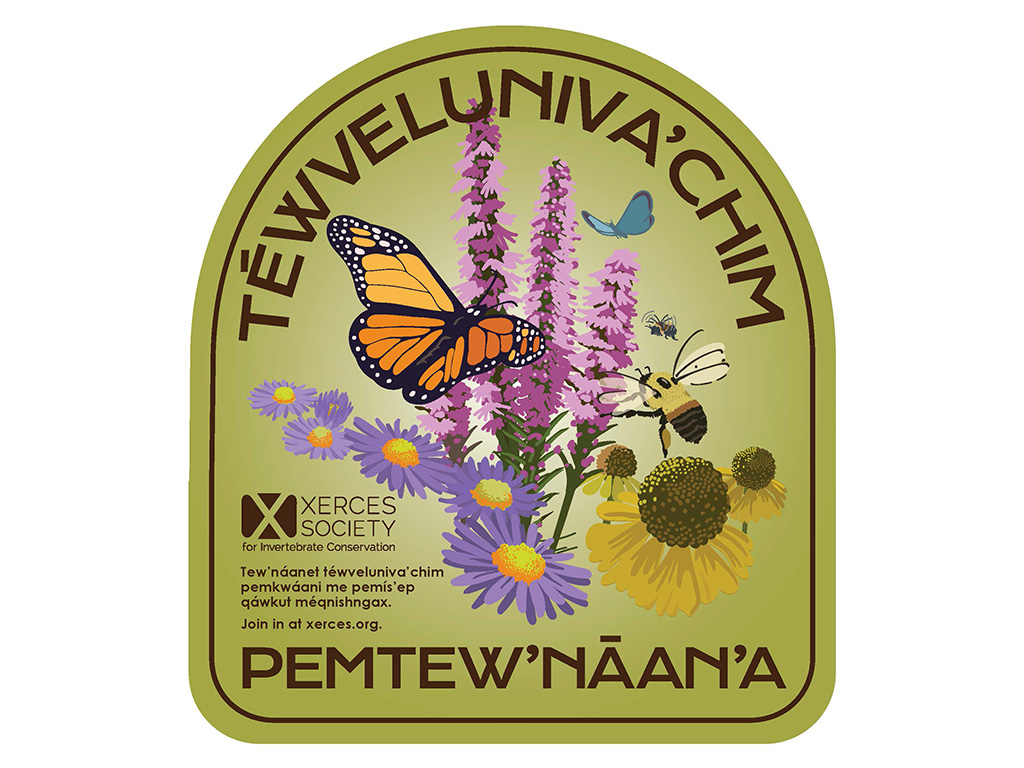
Late fall and early winter are the best times to plant our native plants in your yard – they may not look like much yet, but the winter rains and mild temperatures really help them spread their roots deep. Then come spring, these plants will burst to life with numerous blooms and pollinators who love to visit them. If you need some inspiration for your own yard, stop by the Pala Community Garden, next to the Administration Building, and check out our plants. And if you are interested in getting your own plants next fall, let us know – we’ll put you on the waitlist for next year’s Pala-Xerces Pilot.
Garden Volunteers
In November, we had some awesome volunteers from the San Diego Archaeological Center who came out to Pala and joined us in the garden for the day. They worked side by side with staff from the Pala Environmental Department to plant some of our new plants from the Xerces Society pilot, replacing other plants that we had lost to our little gopher and squirrel friends. They also helped us move the last of the mulch pile, and clean up our garden entryway.
Look out for an upcoming announcement from our department for future events and more volunteer days in the garden! And, as always, you are welcome to come out to the garden and look around for inspiration, and ask our staff any garden-related questions you may have.
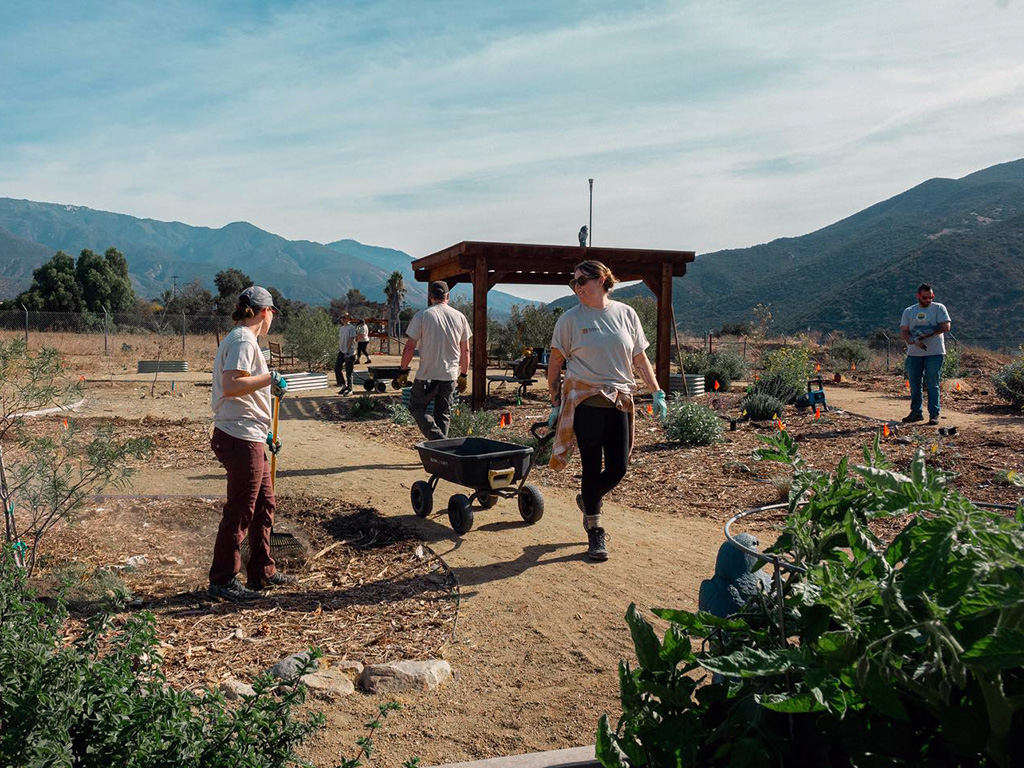
Planting Schedule for the Pala Region (Cool Season)
If you are wondering what kinds of veggies (plants, not seeds) are best to plant at this time of year, here’s a list for our Inland Valley Region: Beets (Sept-Mid April); Broccoli (Sept – Feb); Cabbage (Sept – Feb); Carrots (Sept – Mar); Cauliflower (Sept – Feb); Chard (Sept – April); Kale (Sept – April); Lettuce (Sept – March); Onion bulbs (Oct – Feb); Peas (Jan – March); Potatoes (Feb – April); Radish (Sept – March); Spinach (Sept – March); and Turnips (Sept – April).
For more local planting information and seasonal tips for your yard, check out the Master Gardener Association of San Diego County Growing Guides.
Native Seed Libary at the Learning Center
The Pala Native Seed Library at the Pala Learning Center has the following seeds: California Buckwheat, California Goldfields, Deer Plant, Miner’s Lettuce, and Red Bush Monkeyflower.
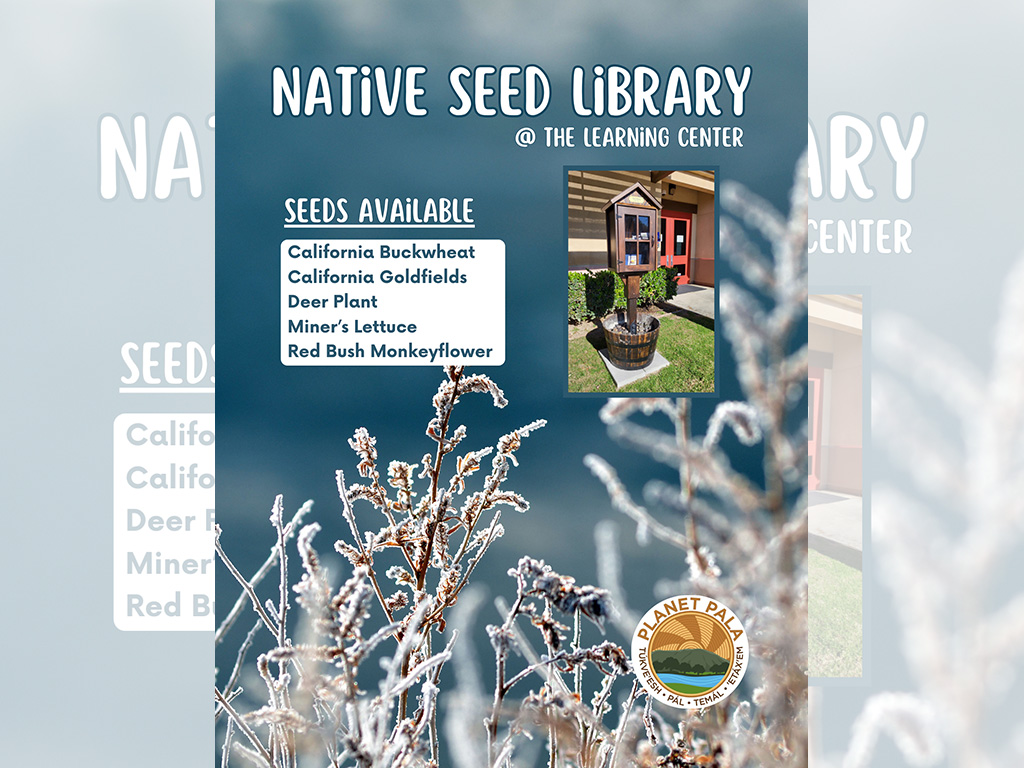

Bionic Lung
When you think of smoke, you probably think of unhealthy air. With wildfires being a common occurrence annually, many of us face the potential of possible respiratory issues. What about employees whose job is to work in this environment?
Wildland firefighters are at a higher risk of developing respiratory issues during training and in their field of work. In 2022, the Department of Homeland Security did some research on developing a breathing system for wildland firefighters. Most wildland firefighters use bandanas and N95 masks because they are lightweight and easy to add to their pack-out gear. These traditional masks, however, do not effectively protect against the particulate and gas hazards firefighters may encounter throughout a wildfire response.
It was later discovered that an existing system used by welders could also be a useful safety tool for wildland firefighters. The PAPR system, or Powered Air Purifying Respirator, is a pack with internal fans powered by batteries that pull air through a filter system and deliver it through a hose to a mask that goes over the mouth and nose of the person wearing it. The purified air pressure creates a positive barrier of clean air that keeps pollution from the human airway. This ensures the user of the device is breathing clean air at all times without having to use their own lung power to pull air through filters. It’s like having a powered gas mask. Wildland firefighters do a lot of physical work during wildfires.
This system allows them to breathe for their activities without the added respiratory stress a gas mask can cause. The Pala Environmental Department has deployed a unit for testing with our fuel crew to use during training events.

Resolve to Get PREPped for the New Year!
As the New Year begins, it’s the perfect time to make resolutions that matter. The Pala Reservation Emergency Preparedness (PREP) team invites everyone to prioritize safety and preparedness in 2024 by getting PREPped!
In December, the PREP team hosted Community Meetings where they distributed vital preparedness materials. If you missed these meetings, don’t worry! You can still pick up your copy of the Pala Disaster Preparedness Handbook, Emergency Contacts Wallet Card, and Emergency Information Sheet at the Pala Administration Building.
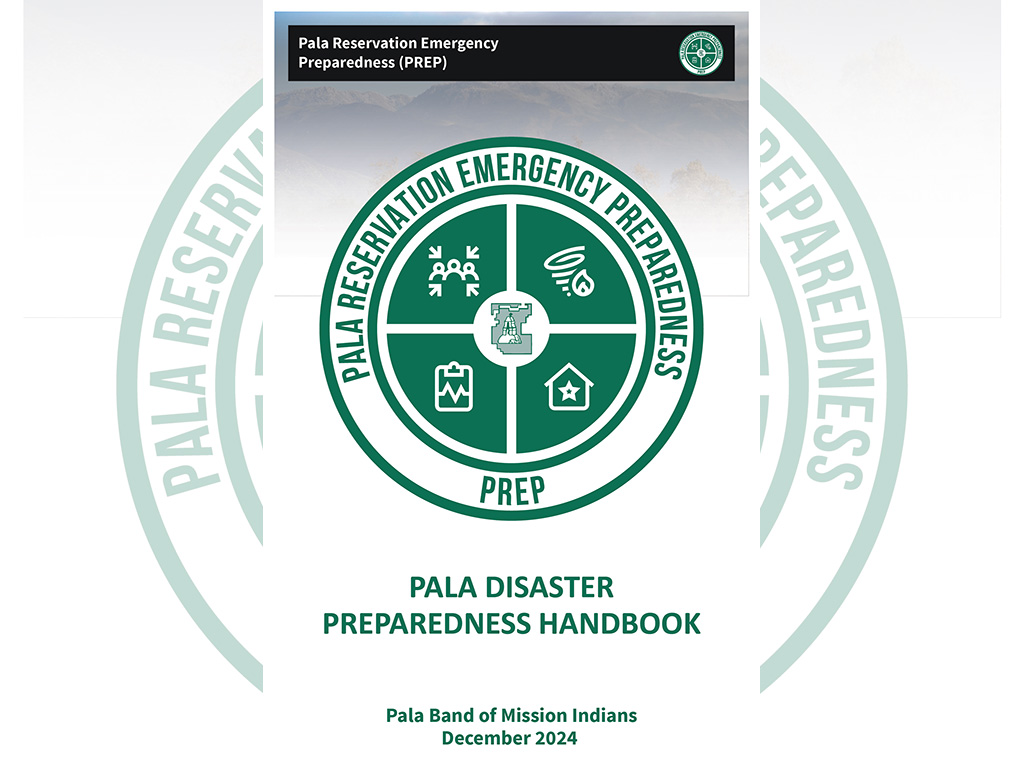
Register for Pala’s Emergency Alert System
Stay informed with real-time updates and critical reservation information by signing up here: https://pbmi.alertmedia.com/public/v1.
Complete Your Emergency Contact Information Sheet
Gather essential details for every family member, including key contacts like schools, physicians, and close friends. Having this information ready can save valuable time during an emergency.
Designate Meeting Locations
Identify two meeting spots: one near your home and one outside your neighborhood. These locations will ensure you can reunite with family and friends in case of an evacuation.
Resolve to Secure Homeowner’s Insurance
Protect your home and finances this year by investing in homeowner’s insurance. Without it, you could face significant expenses to repair damage caused by leaks, floods, or mold. Homeowner’s insurance provides essential coverage for many risks and offers peace of mind.
The Pala Housing Department is here to help! Reach out for guidance on finding the right insurance plan to fit your needs.
Let’s Make 2024 a Safer Year Together!
By taking these simple steps, you can ensure your household is better prepared for emergencies. Visit the Pala Administration Building to get your materials and start your 2025 PREPped for safety!

Coloring Books
Here at the Pala Environmental Department, we are creating a series of educational coloring books that both children and adults can enjoy. The first edition (Birds of Pala) will feature seven birds that are native to Pala.
The coloring book will include the California turkey vulture, great blue heron, acorn woodpecker, roadrunner, California valley quail, blue/scrub jay, and Cooper’s hawk. These birds are drawn along with native plants that have historic and culturally important uses, such as cattails, oak (acorn), chia sage, yerba santa, and California poppies.
Following completion of this first edition we will be releasing a second edition (Mammals of Pala) with a similar format. We recognize the value in keeping traditions alive and our intentions when creating these coloring books are to educate while spreading awareness through an interactive form of art. We provide the information and outline while you express your creativity and bring the images to life.
We will be holding a coloring contest with both youth and adult categories and submissions and contest winners will be featured in future newsletters and on our Planet Pala Facebook and Instagram pages. Be on the lookout for the PED Birds of Pala Coloring book in January-February 2025.
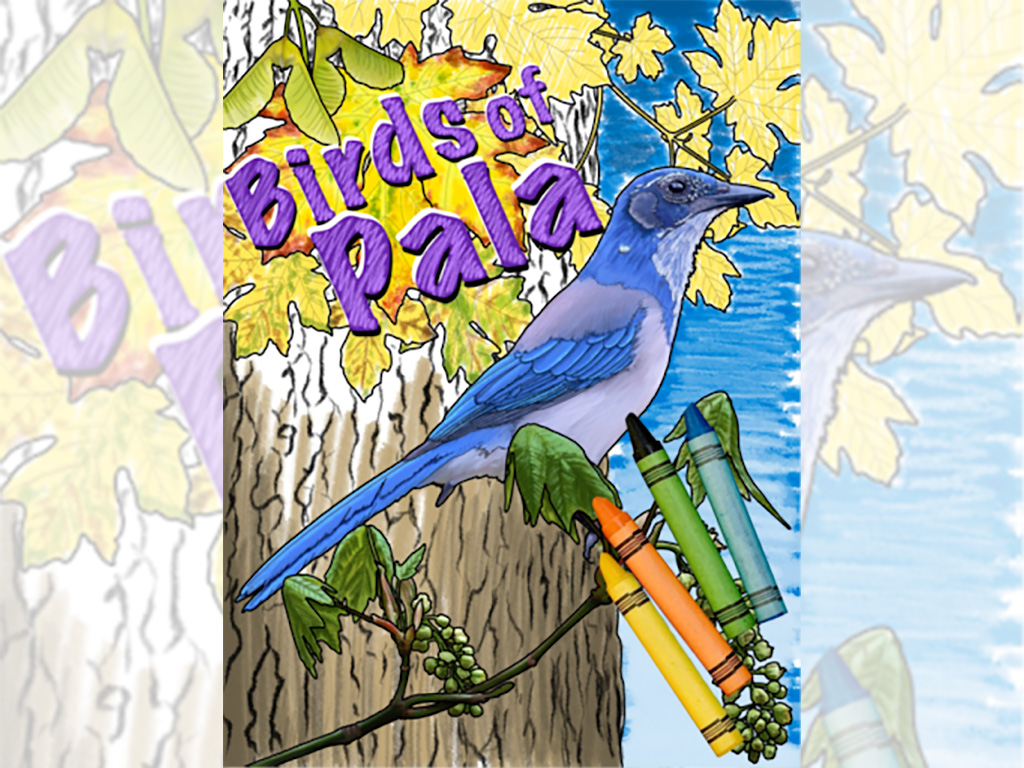
Animal Visitors
All of our hard work in the garden is paying off! We have had a lot of animal visitors in the garden this year. They are enjoying the Native plants and pond.
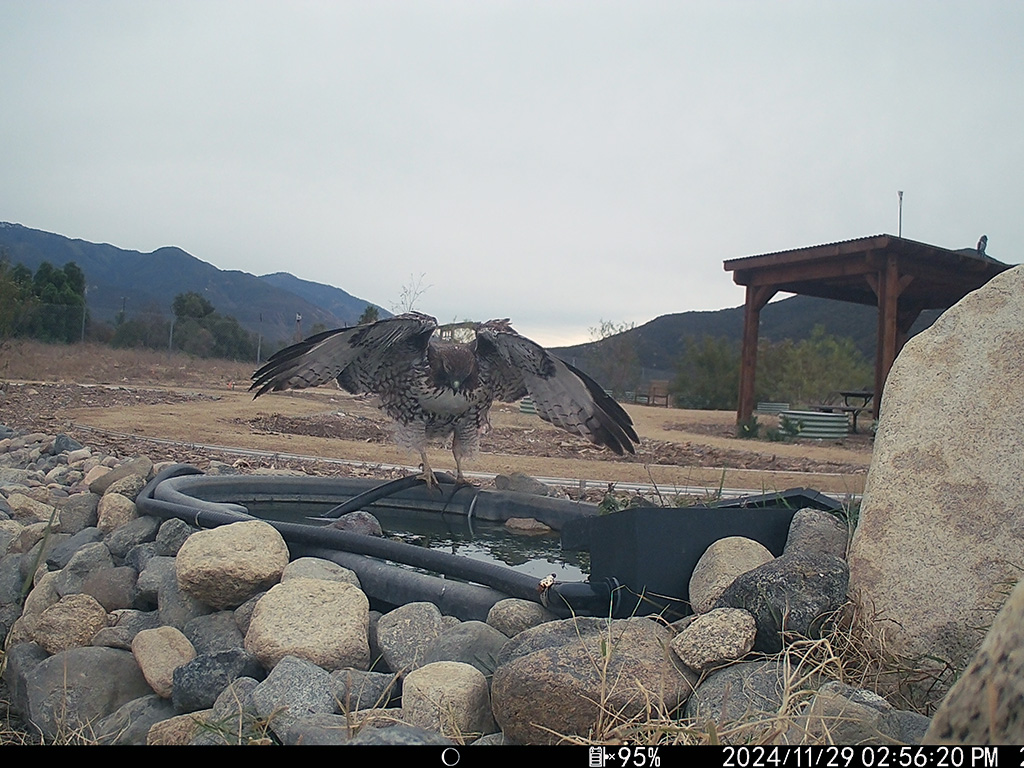
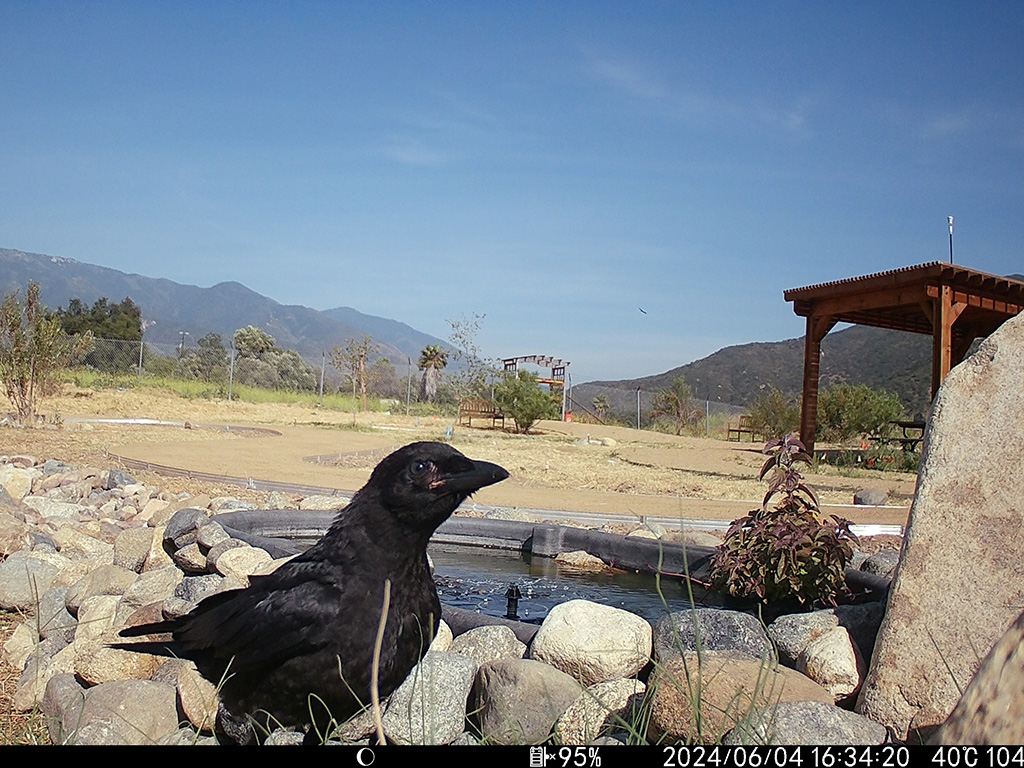
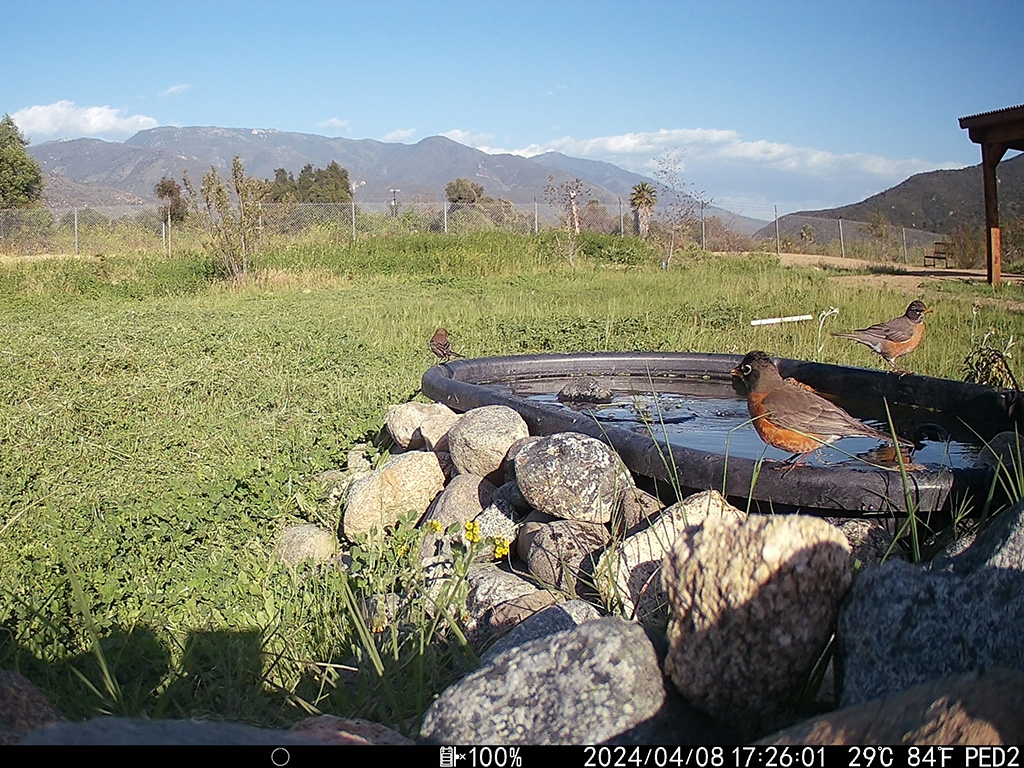
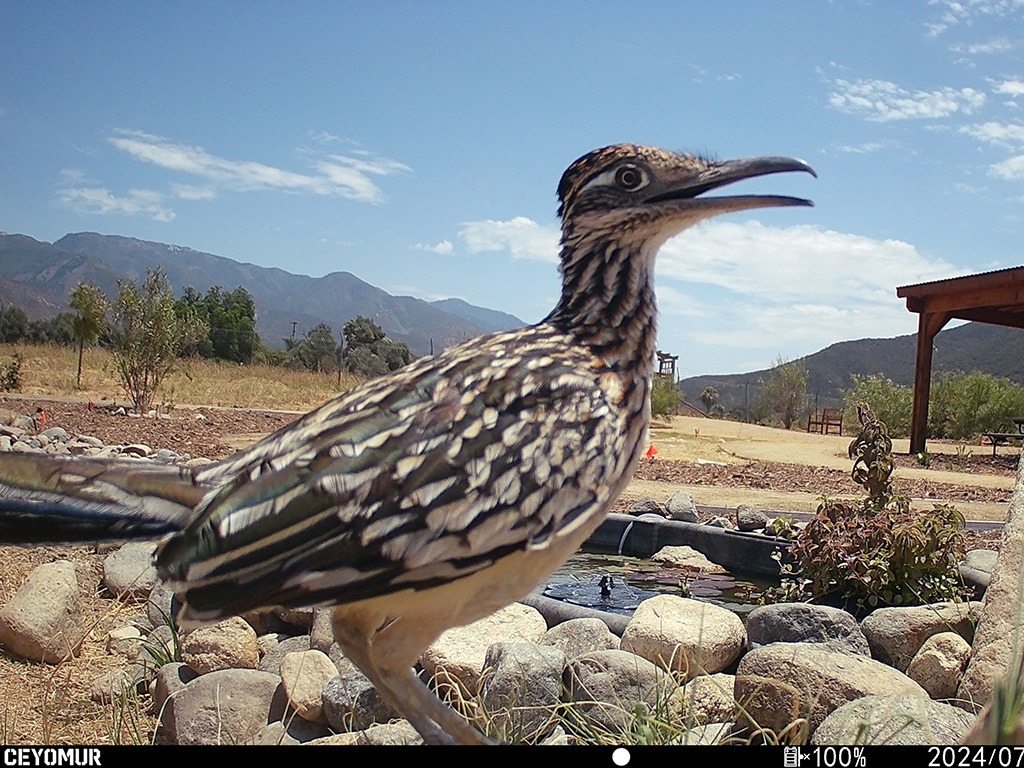
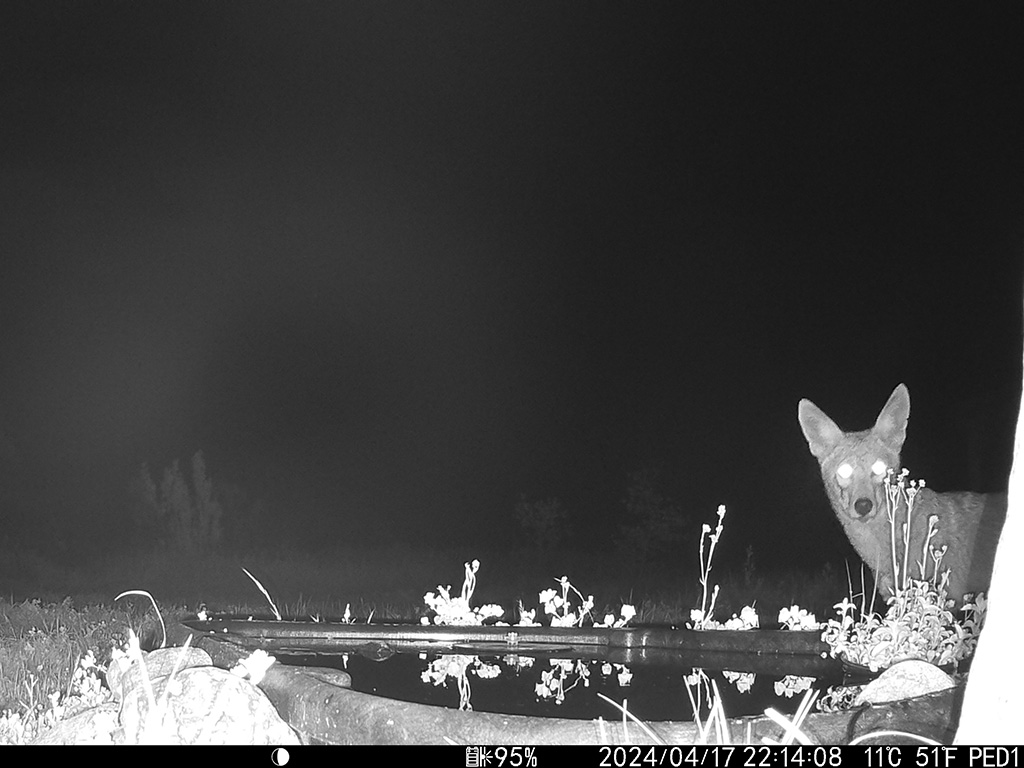
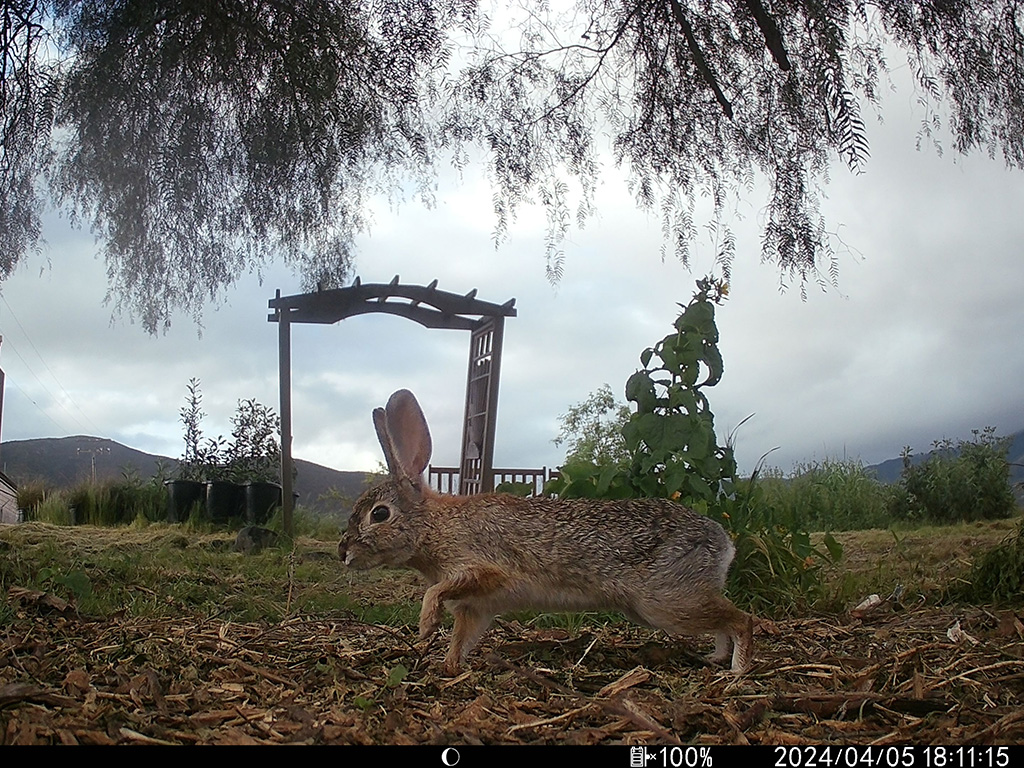

Planet Pala
Welcome to Planet Pala. This is the place to learn how you can help the Pala Environmental Department protect Mother Earth. Come to Planet Pala to learn about Pala’s plants and animals, discover how to do your fun activities like building a DIY bee habitat or planting a pollinator garden, and get tips on healthy, green living.
Planet Pala Newsletter Sign-up

Before You Go…
Did you receive this newsletter via email? Was it forwarded to you from a friend or family member? Help us spread the News from Planet Pala by making sure you are signed up on our subscription list and by sharing this newsletter. We are glad you are here!
Pala Environmental Department
For more information, contact the Pala Environment Department:
760-891-3510 | ped@palatribe.com | ped.palatribe.com
